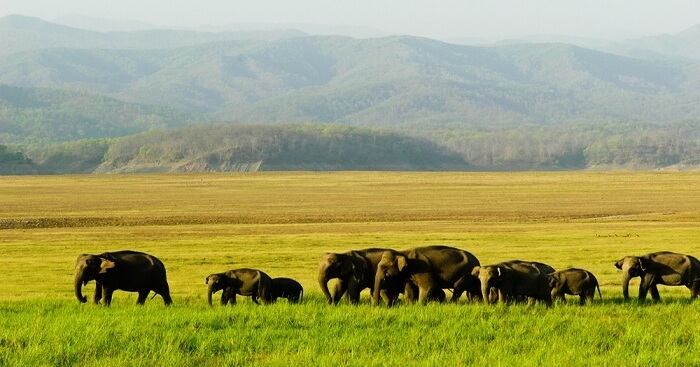ASIATIC WILD DOGS
1. Context
The dhole or Asiatic wild dog (Cuon alpinus) is the only endangered wild pack-living canid in the tropical Indian forests and is considered at high risk of extinction
2. Asiatic Wild dogs (Dhole)

- The Asiatic wild dog, scientifically known as Cuon alpinus, is a carnivorous mammal that belongs to the Canidae family, which includes dogs, wolves, and foxes. It is also commonly known by various names such as the dhole, Indian wild dog, or red dog
- Dholes are medium-sized canids with a distinctive appearance. They have a slender, elongated body, short legs, and a bushy tail.
- Their fur is typically reddish-brown with white markings on the chest and paws. They have a rounded face with short, rounded ears.
- Asiatic wild dogs are found in various parts of Asia, including India, Southeast Asia, and parts of China. They inhabit a range of habitats, from dense forests to grasslands and scrublands.
- Asiatic wild dogs are listed as Endangered on the International Union for Conservation of Nature (IUCN) Red List.
- Their populations have been declining due to habitat loss, fragmentation, and conflicts with humans. They are also susceptible to diseases transmitted by domestic dogs.
- The coexistence between Asiatic wild dogs (dholes) and tigers in the wild is an interesting aspect of the ecological dynamics in some regions of Asia where these two carnivores overlap in their habitats.
- In some regions, tigers and dholes may exhibit habitat segregation, with tigers preferring certain areas while dholes occupy others. This can help reduce direct competition for resources.
- Dholes in Manas National Park inhabit a variety of habitats within the park, including grasslands, woodlands, and wetlands. Manas is known for its diverse ecosystems, and dholes are adapted to live in these different environments
3. Manas National Park

Manas National Park is a UNESCO World Heritage Site and a protected area located in the northeastern Indian state of Assam. It is renowned for its exceptional biodiversity and is one of India's most important and picturesque wildlife reserves.
Manas National Park is situated in the Himalayan foothills along the border of India and Bhutan. It spans across two districts in Assam, namely Baksa and Chirang
Manas was declared a wildlife sanctuary in 1928 and was designated a UNESCO World Heritage Site in 1985. The park is named after the Manas River, which flows through it.
3.1. Biodiversity
- Manas National Park is known for its incredible biodiversity. It is home to a wide variety of wildlife, including several endangered and threatened species.
- Some of the notable species found here include Bengal tigers, Indian elephants, Indian rhinoceros, wild water buffalo, clouded leopards, golden langurs, and Assam-roofed turtles
- Manas is also recognized for its avian diversity. It is a birdwatcher's paradise with over 450 species of birds, including several rare and endemic ones. It's an essential area for bird conservation and is a part of the Important Bird Area (IBA) network
- The Manas River, which flows through the park, is a lifeline for both the wildlife and local communities. Several other rivers and water bodies, including the Beki River, intersect the park
Source: The Hindu




